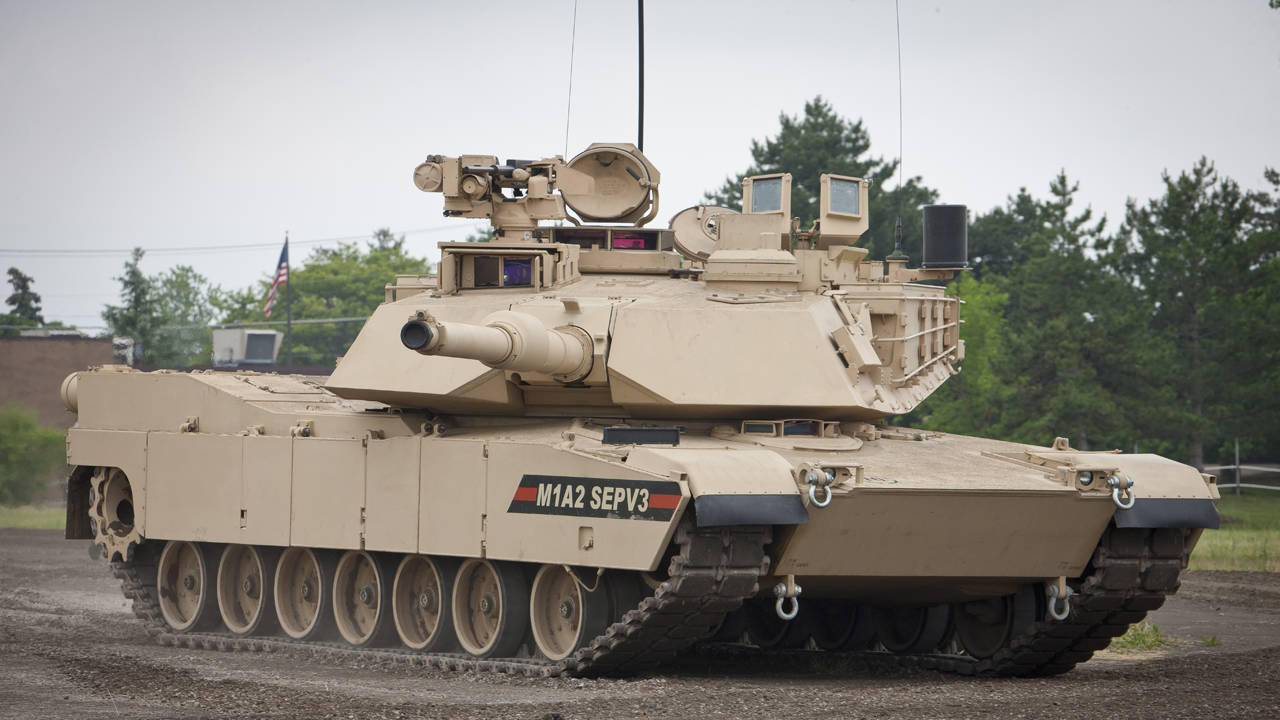The U.S. Army has announced the development of a new tank modernization under the M1E3 Abrams index, instead of partial improvements under the System Enhancement Package program.
“We appreciate that future battlefields pose new challenges to the tank as we study recent and ongoing conflicts” said Brig. Gen. Geoffrey Norman, director of the Next-Generation Combat Vehicle Cross Functional Team. “We must optimize the Abrams’ mobility and survivability to allow the tank to continue to close with and destroy the enemy as the apex predator on future battlefields.”
According to Maj. Gen. Glenn Dean, program executive officer for Ground Combat Systems, the Abrams tank can no longer increase its capabilities without adding weight. Therefore, its logistical footprint must be reduced.
“The war in Ukraine has highlighted a critical need for integrated protections for Soldiers, built from within instead of adding on.” he added.
The development of the M1E3 Abrams must incorporate the best features of the M1A2 SEPv4 and comply with the latest modular open systems architecture standards, allowing for faster technology upgrades and requiring fewer resources. This will enable the Army and its commercial partners to develop a more survivable, lighter tank that will be more effective on the battlefield when first deployed and easier to upgrade in the future.
This modernization will improve the effectiveness and maneuverability of armored brigade combat teams in conflicts around the world by reducing sustainment requirements and increasing operational and tactical mobility.
The Army will continue to produce the M1A2 SEPv3 at a reduced rate until production transitions to the M1E3 Abrams, and the Army will carry technologies forward into the SEPv4 Abrams modernization effort. Initial operational capability is anticipated in early the 2030s.
Source: U.S. Army

